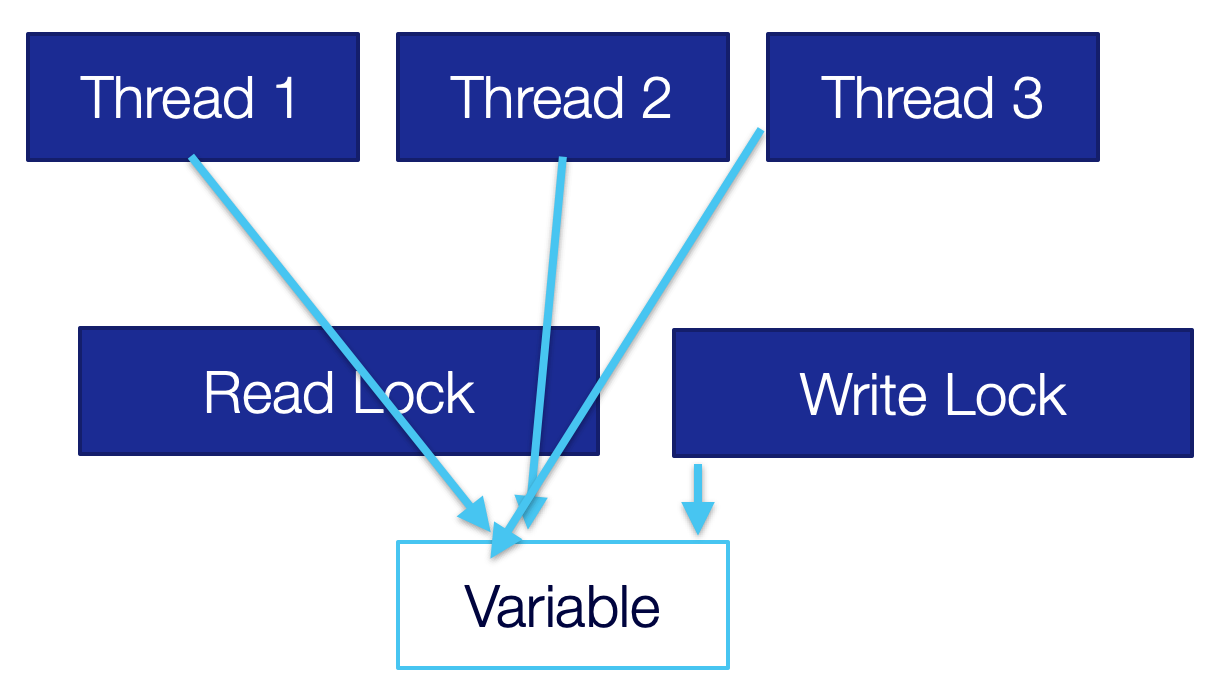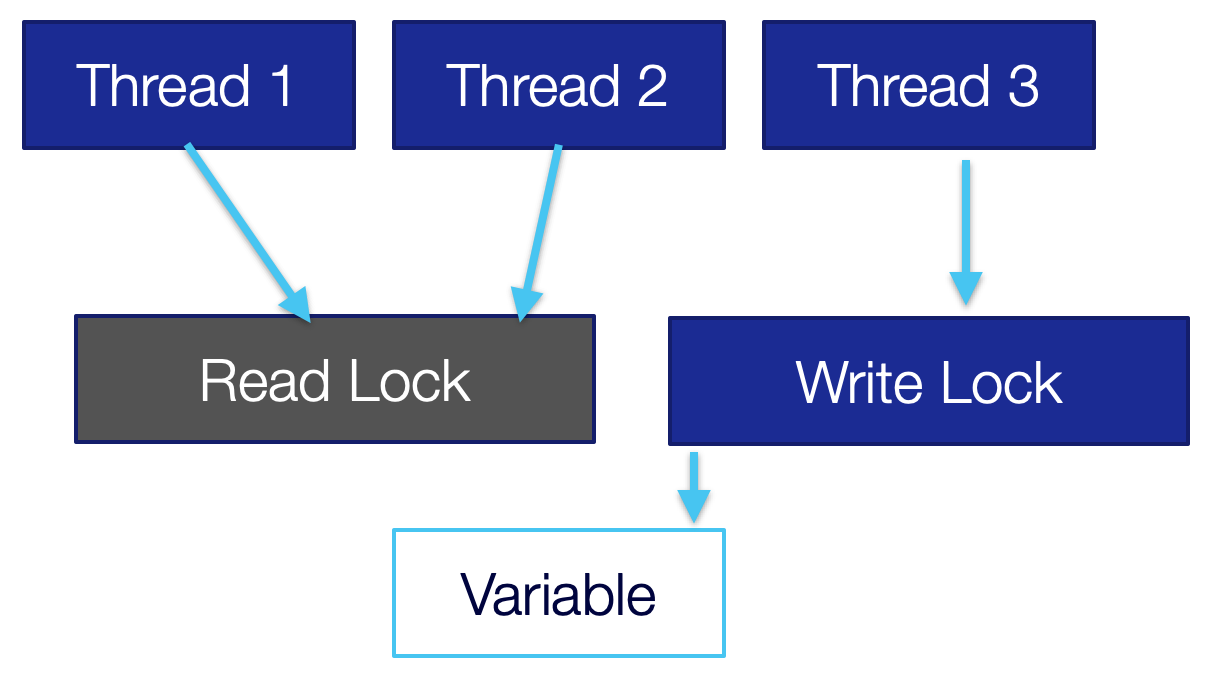Relearning Java Thread Primitives
Relearning Java Thread Primitives
Synchronized was revolutionary and still has great uses. But it's time to move to newer thread primitives and, potentially, rethink our core logic.
Join the DZone community and get the full member experience.
Join For FreeI’ve coded in Java since the first beta. Even back then, threads were at the top of my list of favorite features. Java was the first language to introduce thread support in the language itself. It was a controversial decision back then. In the past decade, every language raced to include async/await, and even Java had some third-party support for that… But Java zigged instead of zagging and introduced the far superior virtual threads (project Loom). This post isn’t about that.
I think it’s wonderful and proves the core power of Java. Not just as a language but as a culture. A culture of deliberating changes instead of rushing into the fashionable trend.
In this post, I want to revisit the old ways of doing threading in Java. I’m used to synchronized, wait, notify, etc. But it has been a long time since they were the superior approach for threading in Java. I’m part of the problem. I’m still used to these approaches and find it hard to get used to some APIs that have been around since Java 5. It's a force of habit. There are many great APIs for working with threads which I discuss in the videos here, but I want to talk about locks which are basic yet important.
Synchronized vs. ReentrantLock
A reluctance I had with leaving synchronized is that the alternatives aren’t much better. The primary motivation to leave it today is that, at this time, synchronized can trigger thread pinning in Loom, which isn’t ideal. JDK 21 might fix this (when Loom goes GA), but it still makes some sense to leave it.
The direct replacement for synchronized is ReentrantLock. Unfortunately, ReentrantLock has very few advantages over synchronized, so the benefit of migrating is dubious at best. In fact, it has one major disadvantage. To get a sense of that, let’s look at an example. This is how we would use synchronized:
synchronized(LOCK) {
// safe code
}
LOCK.lock();
try {
// safe code
} finally {
LOCK.unlock();The first disadvantage of ReentrantLock is the verbosity. We need the try block since if an exception occurs within the block, the lock will remain. Synchronized handles that seamlessly for us.
There’s a trick some people pull of wrapping the lock with AutoClosable which looks roughly like this:
public class ClosableLock implements AutoCloseable {
private final ReentrantLock lock;
public ClosableLock() {
this.lock = new ReentrantLock();
}
public ClosableLock(boolean fair) {
this.lock = new ReentrantLock(fair);
}
@Override
public void close() throws Exception {
lock.unlock();
}
public ClosableLock lock() {
lock.lock();
return this;
}
public ClosableLock lockInterruptibly() throws InterruptedException {
lock.lock();
return this;
}
public void unlock() {
lock.unlock();
}
}Notice I don’t implement the Lock interface, which would have been ideal. That’s because the lock method returns the auto-closable implementation instead of void.
Once we do that, we can write more concise code such as this:
try(LOCK.lock()) {
// safe code
}I like the reduced verbosity, but this is a problematic concept since try-with-resource is designed for the purpose of cleanup, and we reuse locks. It is invoking close, but we will invoke that method again on the same object. I think it might be nice to extend the try with resource syntax to support the lock interface. But until that happens, this might not be a worthwhile trick.
Advantages of ReentrantLock
The biggest reason for using ReentrantLock is Loom support. The other advantages are nice, but none of them is a “killer feature.”
We can use it between methods instead of in a continuous block. This is probably a bad idea as you want to minimize the lock area, and failure can be a problem. I don’t consider that feature as an advantage.
It has the option of fairness. This means that it will serve the first thread that stopped at a lock first. I tried to think of a realistic non-convoluted use case where this will matter, and I’m drawing blanks. If you’re writing a complex scheduler with many threads constantly queued on a resource, you might create a situation where a thread is “starved” since other threads keep coming in. But such situations are probably better served by other options in the concurrency package. Maybe I’m missing something here…
lockInterruptibly() lets us interrupt a thread while it’s waiting for a lock. This is an interesting feature, but again, hard to find a situation where it would realistically make a difference. If you write code that must be very responsive for interrupting, you would need to use the lockInterruptibly() API to gain that capability. But how long do you spend within the lock() method on average?
There are edge cases where this probably matters but not something most of us will run into, even when doing advanced multi-threaded code.
ReadWriteReentrantLock
A much better approach is the ReadWriteReentrantLock. Most resources follow the principle of frequent reads, and few write operations. Since reading a variable is thread-safe, there’s no need for a lock unless we’re in the process of writing to the variable. This means we can optimize reading to an extreme while making the write operations slightly slower.
Assuming this is your use case, you can create much faster code. When working with a read-write lock we have two locks, a read lock as we can see in the following image. It lets multiple threads through and is effectively a “free for all.”

Once we need to write to the variable, we need to obtain a write lock, as we can see in the following image. We try to request the write lock, but there are threads still reading from the variable, so we must wait.

Once the threads are finished reading, all reading will block, and the write operation can happen from a single thread only, as seen in the following image. Once we release the write lock, we will go back to the “free for all” situation in the first image.

This is a powerful pattern that we can leverage to make collections much faster. A typical synchronized list is remarkably slow. It synchronizes over all operations, read or write. We have a CopyOnWriteArrayList, which is fast for reading, but any write is very slow.
Assuming you can avoid returning iterators from your methods, you can encapsulate list operations and use this API. E.g., in the following code, we expose the list of names as read-only, but then when we need to add a name, we use the write lock. This can outperform synchronized lists easily:
private final ReadWriteLock LOCK = new ReentrantReadWriteLock();
private Collection<String> listOfNames = new ArrayList<>();
public void addName(String name) {
LOCK.writeLock().lock();
try {
listOfNames.add(name);
} finally {
LOCK.writeLock().unlock();
}
}
public boolean isInList(String name) {
LOCK.readLock().lock();
try {
return listOfNames.contains(name);
} finally {
LOCK.readLock().unlock();
}
}StampedLock
The first thing we need to understand about StampedLock is that it isn’t reentrant. Say we have this block:
synchronized void methodA() {
// …
methodB();
// …
}
synchronized void methodB() {
// …
}This will work. Since synchronized is reentrant. We already hold the lock, so going into methodB() from methodA() won’t block. This works with ReentrantLock, too, assuming we use the same lock or the same synchronized object.
StampedLock returns a stamp that we use to release the lock. Because of that, it has some limits. But it’s still very fast and powerful. It, too, includes a read-and-write stamp we can use to guard a shared resource. But unlike the ReadWriteReentrantLock, it lets us upgrade the lock. Why would we need to do that?
Look at the addName() method from before… What if I invoke it twice with “Shai”?
Yes, I could use a Set… But for the point of this exercise, let’s say that we need a list… I could write that logic with the ReadWriteReentrantLock:
public void addName(String name) {
LOCK.writeLock().lock();
try {
if(!listOfNames.contains(name)) {
listOfNames.add(name);
}
} finally {
LOCK.writeLock().unlock();
}
}This sucks. I “paid” for a write lock only to check contains() in some cases (assuming there are many duplicates). We can call isInList(name) before obtaining the write lock. Then we would:
- Grab the read lock
- Release the read lock
- Grab the write lock
- Release the write lock
In both cases of grabbing, we might be queued, and it might not be worth the extra hassle.
With a StampedLock, we can update the read lock to a write lock and do the change on the spot if necessary as such:
public void addName(String name) {
long stamp = LOCK.readLock();
try {
if(!listOfNames.contains(name)) {
long writeLock = LOCK.tryConvertToWriteLock(stamp);
if(writeLock == 0) {
throw new IllegalStateException();
}
listOfNames.add(name);
}
} finally {
LOCK.unlock(stamp);
}
}It is a powerful optimization for these cases.
Finally
I cover many similar subjects in the video series above; check it out and let me know what you think.
I often reach for the synchronized collections without giving them a second thought. That can be reasonable sometimes, but for most, it’s probably suboptimal. By spending a bit of time with thread-related primitives, we can significantly improve our performance. This is especially true when dealing with Loom, where the underlying contention is far more sensitive. Imagine scaling read operations on 1M concurrent threads… In those cases, the importance of reducing lock contention is far greater.
You might think, why can’t synchronized collections use ReadWriteReentrantLock or even StampedLock?
This is problematic since the surface area of the API is so big it’s hard to optimize it for a generic use case. That’s where control over the low-level primitives can make the difference between high throughput and blocking code.
Published at DZone with permission of Shai Almog, DZone MVB. See the original article here.
Opinions expressed by DZone contributors are their own.

{{ parent.title || parent.header.title}}
{{ parent.tldr }}
{{ parent.linkDescription }}
{{ parent.urlSource.name }}